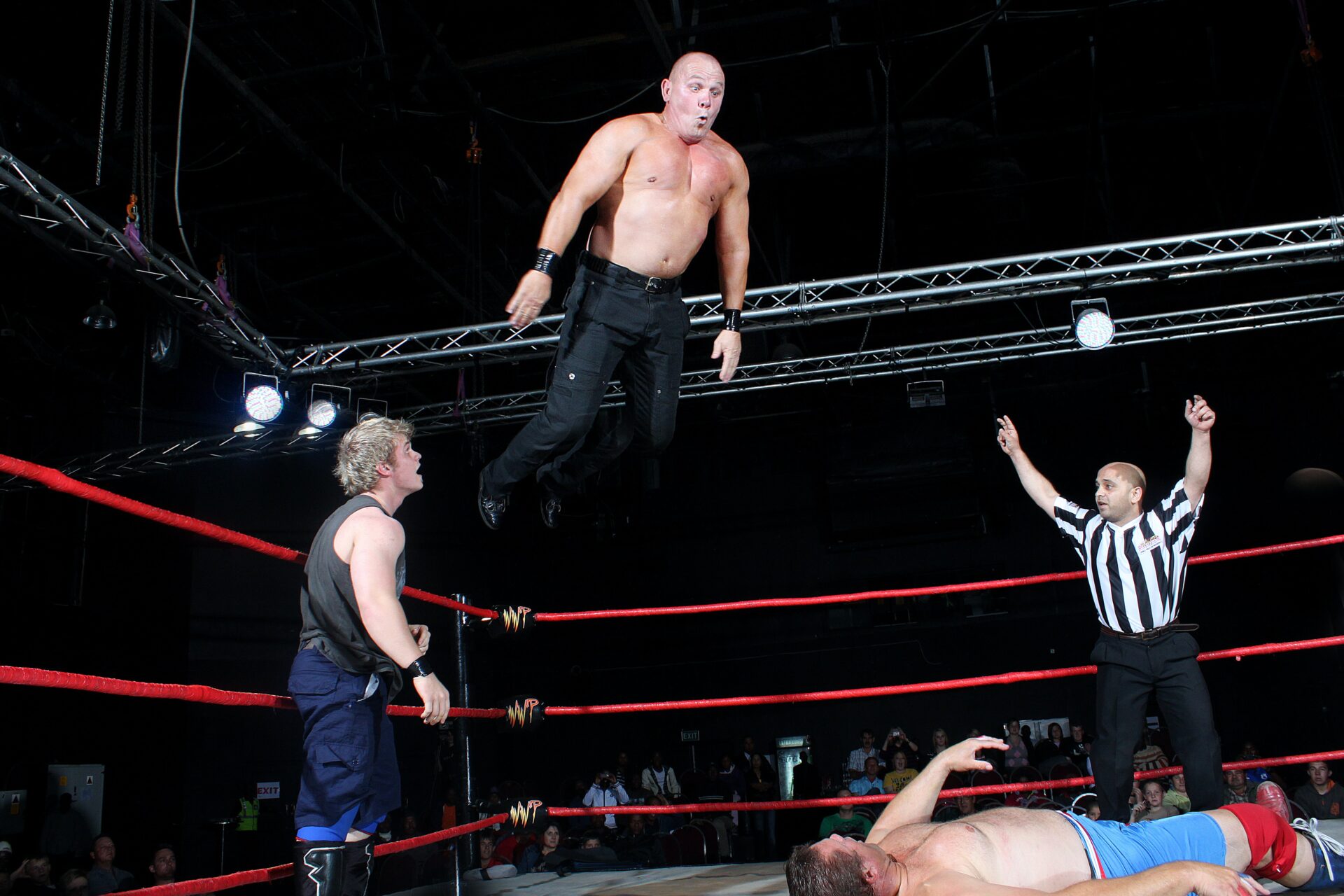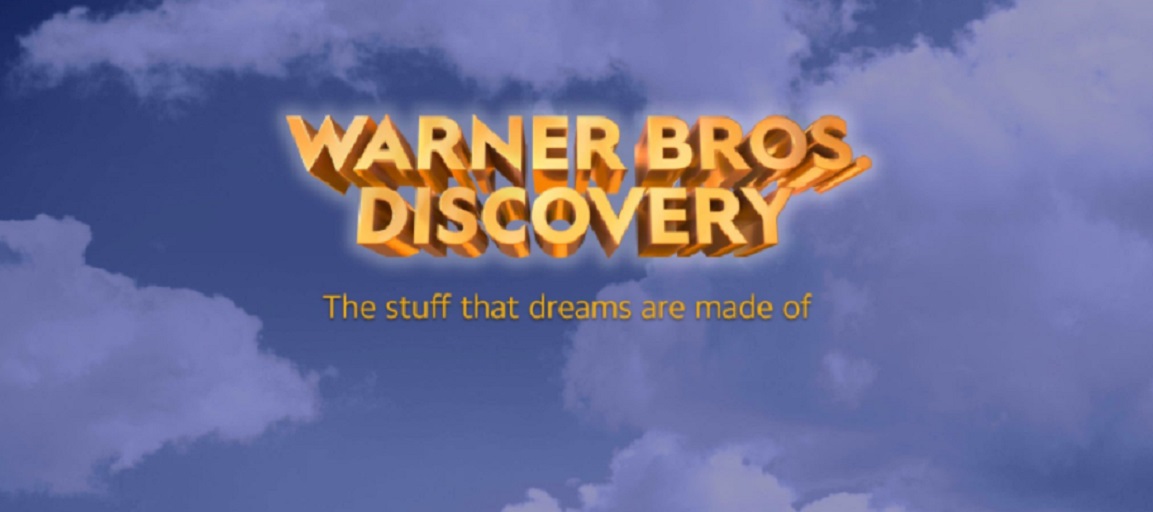We have some bad news for the Cable industry. It’s end is innevitable. It’s time to stop looking at the woes of the Pay TV industry through the lense of people simply saving money, much less a revolt. There are certainly plenty of people who are fed up with the high prices of pay TV services, but you know what? The vast vast majority of currnet customers keep paying them. Paying for cable is a habbit and the fact that prices rise 3% here and 5% there or more every year does not frighten or upset them because frankly most people do not wake up every day and look at a spread sheet of what they paid for tellevision over the past 20 years anc compare it to their overall budget. Companies do that, regular people say “Hey how come I have less money this month than I did last month, ok what do you kids want on your pizza?”
If the baby boomer generation and thier parents actually in masse rejected the pay TV model it would impload nearly instantly. This is because there is not a next generation of consumers interested in paying high prices for TV services in the future. The consumption economy is dependant on each generation wanting to amass material things. But the Millennial generation that has rissen to adulthood over the past decade, is just not buying in. And that is the real problem for the cable industry.
If there were a studdy done specifically to find out whether mellinials wanted to pay $190.00 or so for TV services and whether those who were paying for TV services, I think executives would jump out of windows like bankers during the great depression. A story in USA Today via Motley Fool says that 2/3 of Mellinial males don’t plan to pay for TV services this year. And this number is not based on the idea of cancelling services. It is people who don’t have them. The same report said 9% plan to cancel pay services. If those numbers are accuarate and even more if they are sustained that is game over for the pay TV industry in the future. That is a massive number of people who are not sold on an industry that needs more people to buy in going forward.
This is a very busy and very econonomically challenged generation
There are a number of hallmarks for the Millinials that affect their habbits but it is inarguable that they have a very different lifestyle than numerous generations before them. They are living with their parents longer (which leads to less new households) , putting off mairage, having children later etc.
The Guardian reported on a study that shows that people in in their 20s living in the US, France, Germany, Italy and Canada have an income 20% bellow the national average are poorer than retired people. With less money people have to figure out what their budgets justify when it comes to their entertainment. But the biggest problem is not that the prices for pay tV are too high. The problem is that there are so many options that work just fine for millinials. People want to be entertained and obviously people will spend money to get what they want or there would not be an athletic shoe industry, jewlry industry etc. But while a lot is made of people getting content from unlicenced services far more people just choose to consume television in a different way then the generation before.
What Constitutes Entertainment
Is entertainment defined as tuning in to what ever a cable or broadcast network rolls out every fall? Is it goig to the movies. For me the movies have always been the great escape. But that does not mean that everyone buys in. And Millinals are finding that they can be just as entertained by watching YouTube as previous generations were by watching HBO. YouTube creatrors more and more are developing high quality video and high production vallue. Unless there is an emergancy to keep tabs on, watching TV is nothing other than a way to pass the time. This has not translated to high subscriber rates for YouTube’s pay TV service. The viewers are more than satisfied with what they get for free. And if someone can be entertained by prank videos, origional music, sketches, watching monologes or even checking out the most popular viral content from major media figures like James Corden whose YouTube channel has over 10 million subscribers or John Oliver’s Last Week Tonight which has 5 million, what motivation do they have to add a huge package of channels that costs as much as a car payment?
On top of that, there are so many innexpensive online options like Netflix and Hulu, much less free online services like Crackle. This means not having cable does not mean not having content. Netflix has well over 300 origional titles to chose from right now. This includes numerous series with multiple episodes.
So try as they might by offering skinny bundles, more mobile viewing apps and other services, the pay TV is not simply losing customers (oh it is definately losing people too), it is monumentally failing to appeal to new ones. And there is a distinct possibility that there is no way to reverse the trend.






